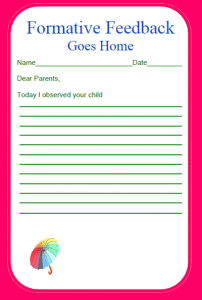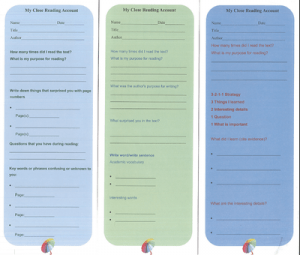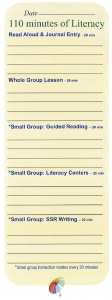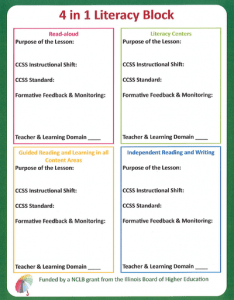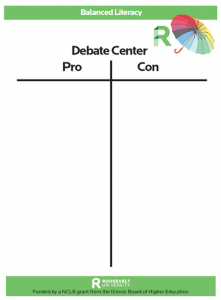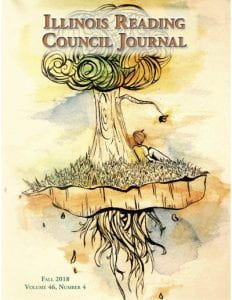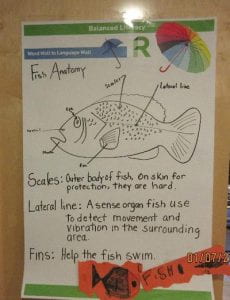 The Exit Slips are to be used for larger units of thought including ideas, notions, images, and much more, which allow for richer conversations and discussions to ensue. There are four downloadable exit slips covering each area of formative assessment: Read-aloud, Centers, Guided Reading, and Independent Reading and Writing. There is also a convenient 4-in-1 sheet available for download.
The Exit Slips are to be used for larger units of thought including ideas, notions, images, and much more, which allow for richer conversations and discussions to ensue. There are four downloadable exit slips covering each area of formative assessment: Read-aloud, Centers, Guided Reading, and Independent Reading and Writing. There is also a convenient 4-in-1 sheet available for download.
How to implement in the classroom:
Want to know what questions your students had but didn’t ask in class? Interested in finding out what concepts students understood in class? Always have exit slips available. These “parking lot” tools help you group your students for small, differentiated learning. Collect the slips and sort them according to levels of understanding. You may discover that you need to “circle back” and answer questions. Or, move more quickly. Exit slips are a quick way of ascertaining the learning that is going on.
Group Exit Slip: Guided Reading
Exit Slips
Group Exit Slip: Read_Aloud
Group Exit Slip: Centers
Group Exit Slip: Independent Reading and Writing
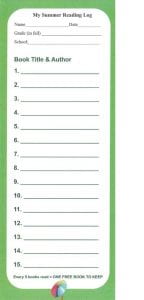 These reading logs are a great way to keep students practicing their reading skills throughout the summer!
These reading logs are a great way to keep students practicing their reading skills throughout the summer!

